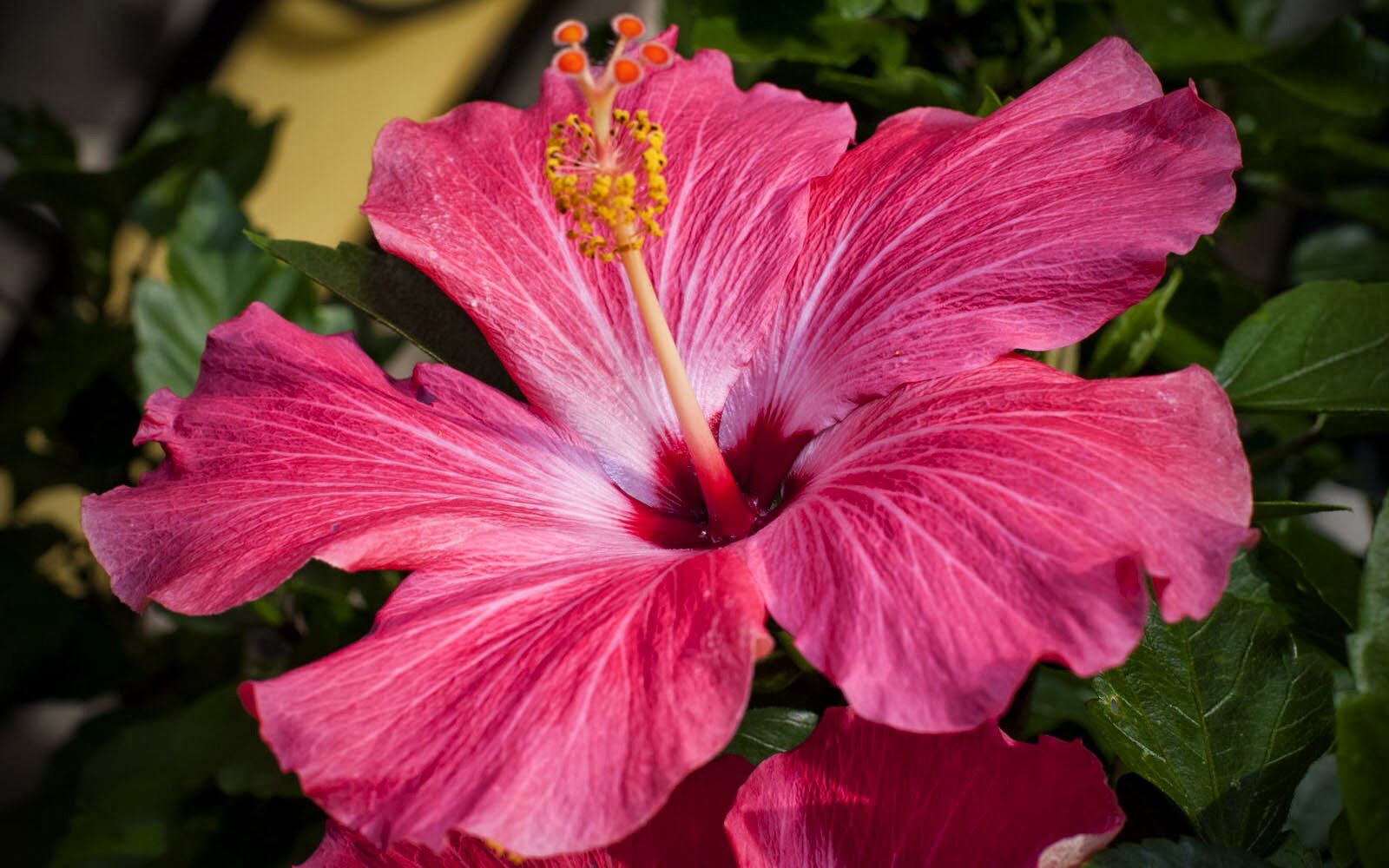
The tropics are the birthplace of most species of rosids, a group that makes up more than a quarter of flowering plants, ranging from mangroves to roses to oaks. But in an analysis of about 20,000 rosid species, researchers found the speed of tropical rosid evolution lags far behind that of younger communities in temperate habitats.
Although rosids originated 93-115 million years ago, the rate at which the group diversified, or formed new species, dramatically increased over the last 15 million years, a period of global cooling and expanding temperate habitats. Today, rosids are diversifying far faster in places such as the southeastern U.S. than in equatorial rainforests, said study co-lead author Ryan Folk, assistant professor of biological sciences and herbarium curator at Mississippi State University.
"Everyone knows about the diversity of tropical rainforests. You would assume all the action in evolution is happening in them," said Folk, formerly a postdoctoral researcher at the Florida Museum of Natural History. "But we found out that it is really the temperate regions of the Earth - really our own backyards - where a lot of the recent action is taking place."
Researchers assembled this rosid phylogeny, a map of the group's evolutionary relationships. In the outer ring, tropical rosid lineages are represented by orange lines while non-tropical rosids are marked in blue.
Charles Darwin once described the speed with which the earliest flowering plants evolved and spread across the planet as an "abominable mystery." Scientists are still tracing the driving forces behind these plants' runaway evolutionary success, with temperature emerging as a complex factor: Some studies have shown that flower evolution accelerates in warmer regions while others point to cooler climates. Research on higher and lower latitudes' influence on plant diversification produced similarly conflicting findings.
A team of evolutionary biologists selected rosids as the candidates for a closer look at the relationship between temperature and plant diversity in the first large-scale assessment of the group's evolution. Comprising an estimated 90,000-120,000 species, rosids live in nearly all land-based habitats, with rosid trees shaping most temperate and many tropical forests, said study co-author Douglas Soltis, Florida Museum curator and University of Florida distinguished professor.
"To me that was one of the biggest terrestrial evolutionary events - the rise of the rosid-dominated forests," he said. "Other lineages, such as amphibians, insects and ferns, diversified in the shadow of rosids."
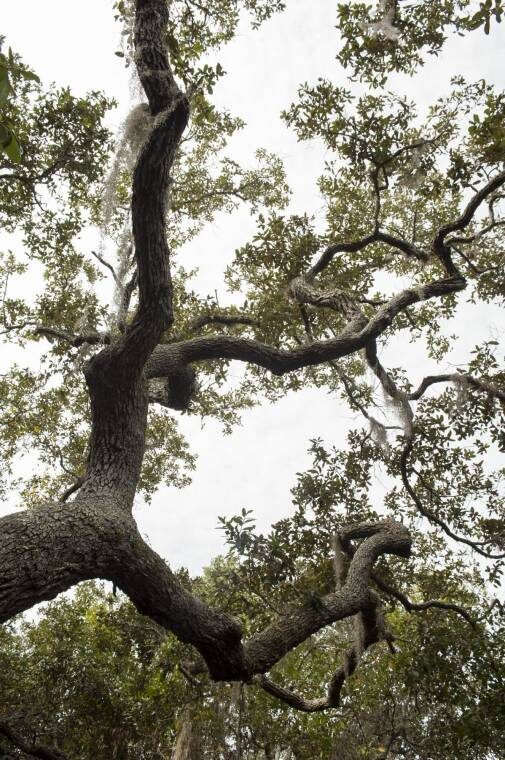
The diversity of tropical regions, in contrast, is not due to evolutionary mechanisms, but rather stability: Folk said tropical plant communities have "simply failed to go extinct, so to speak."
The findings echo a similar pattern the team uncovered in another group of plants known as Saxifragales, but the researchers are cautious about making conjectures on whether the pattern holds true for other plants or animals.
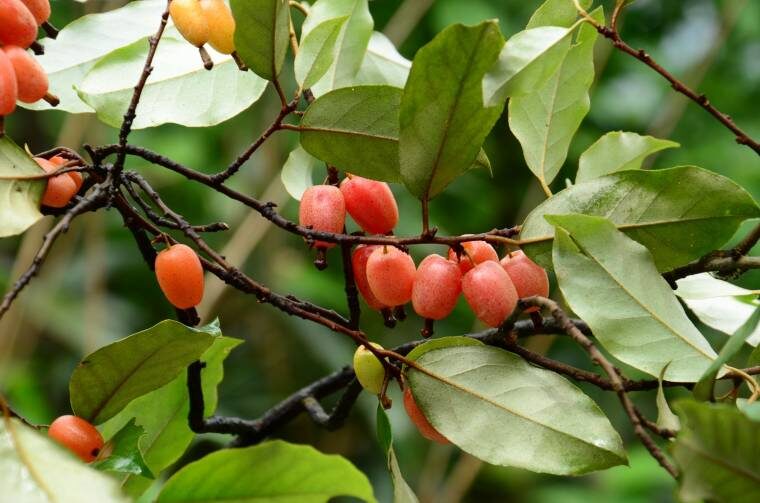
If cooling temperature spurred rosid diversification, how might the group fare on a warming planet? The prognosis is not promising, the researchers said.

"Warming temperatures will likely slow the rate of diversification, but even worse, we don't expect species currently living in arctic or alpine areas to be able to respond to quickly warming temperatures," she said. "The change is happening too rapidly, and we are already seeing species moving northward in the Northern Hemisphere or up mountains, with many more species facing extinction or already lost."
Comment: The researchers have nothing to worry about: Colder summers killing Antarctica's moss forests
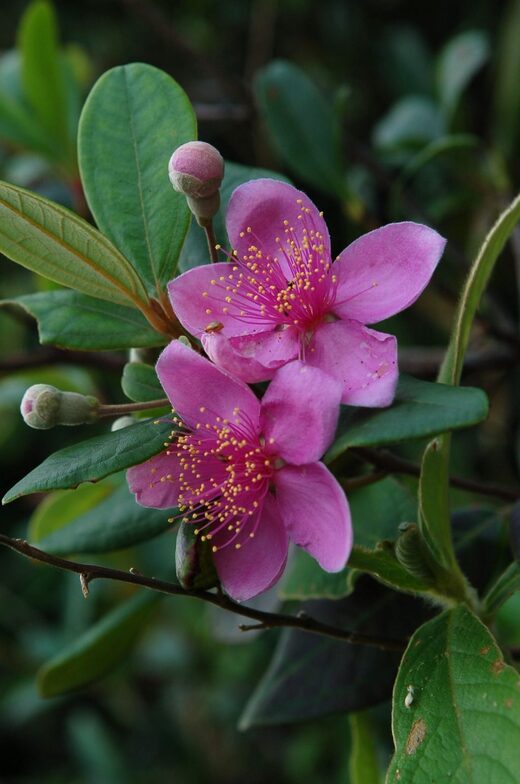
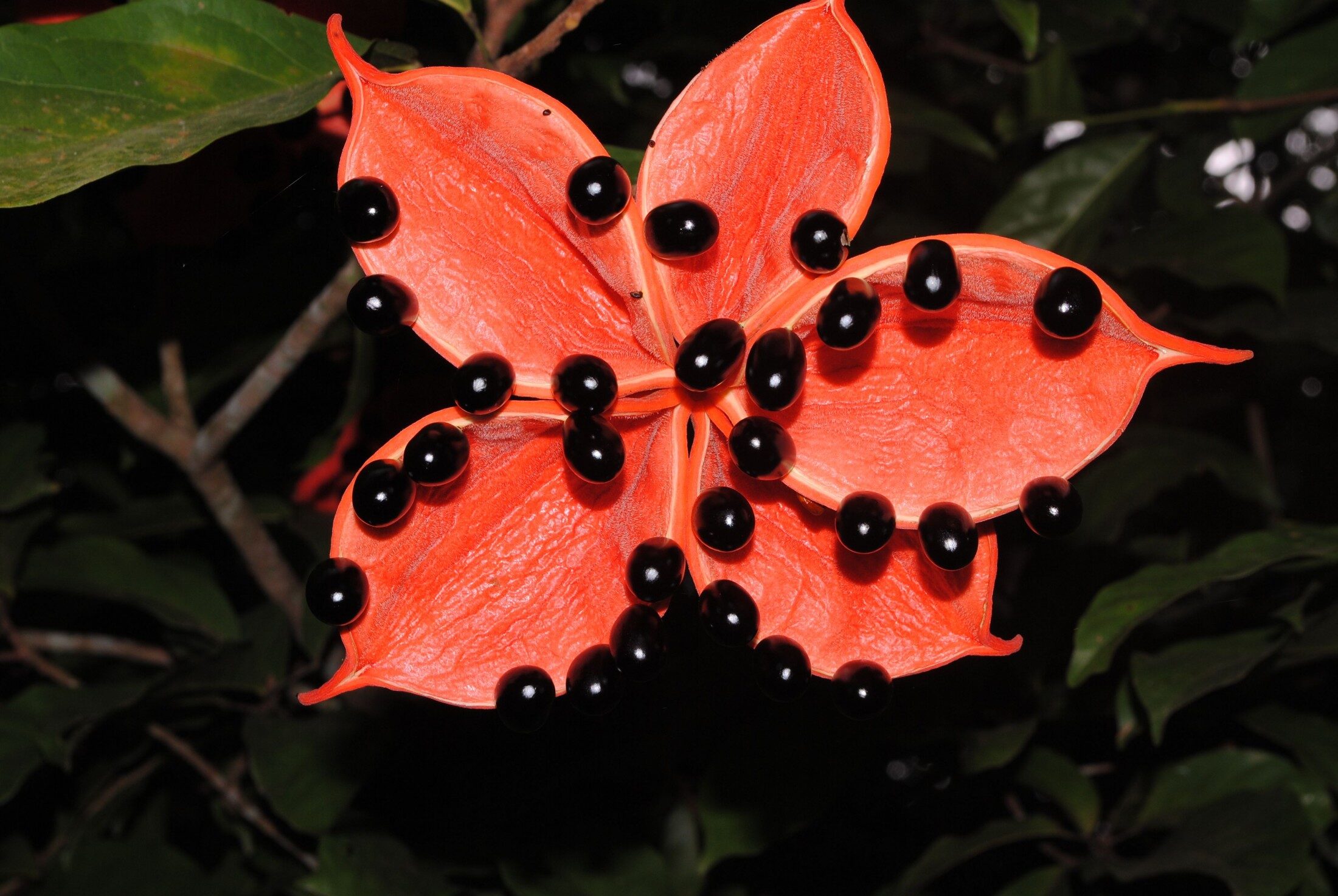
"This work would have been impossible without natural history collections data," said study co-lead and senior author Robert Guralnick, Florida Museum curator of bioinformatics. "Rosids are an enormously successful group of flowering plants. Look out your window, and you will see rosids. Those plants are there because of processes occurring over millions of years, and now we know something essential about why."
The researchers published their findings in Nature Communications.
The Florida Museum's Matthew Gitzendanner and Zhiduan Chen of the Chinese Academy of Sciences also co-authored the study.
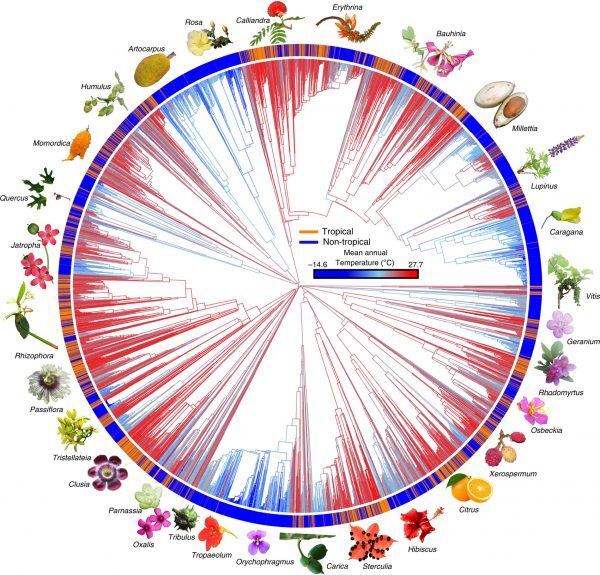



Comment: See also:
- Biologists call to overhaul flawed taxonomic categories
- Why Darwinism Is Wrong, Dead Wrong - Part 1: Intelligent Design and Information
- Darwinism, Creationism... How About Neither?
And check out SOTT radio's: